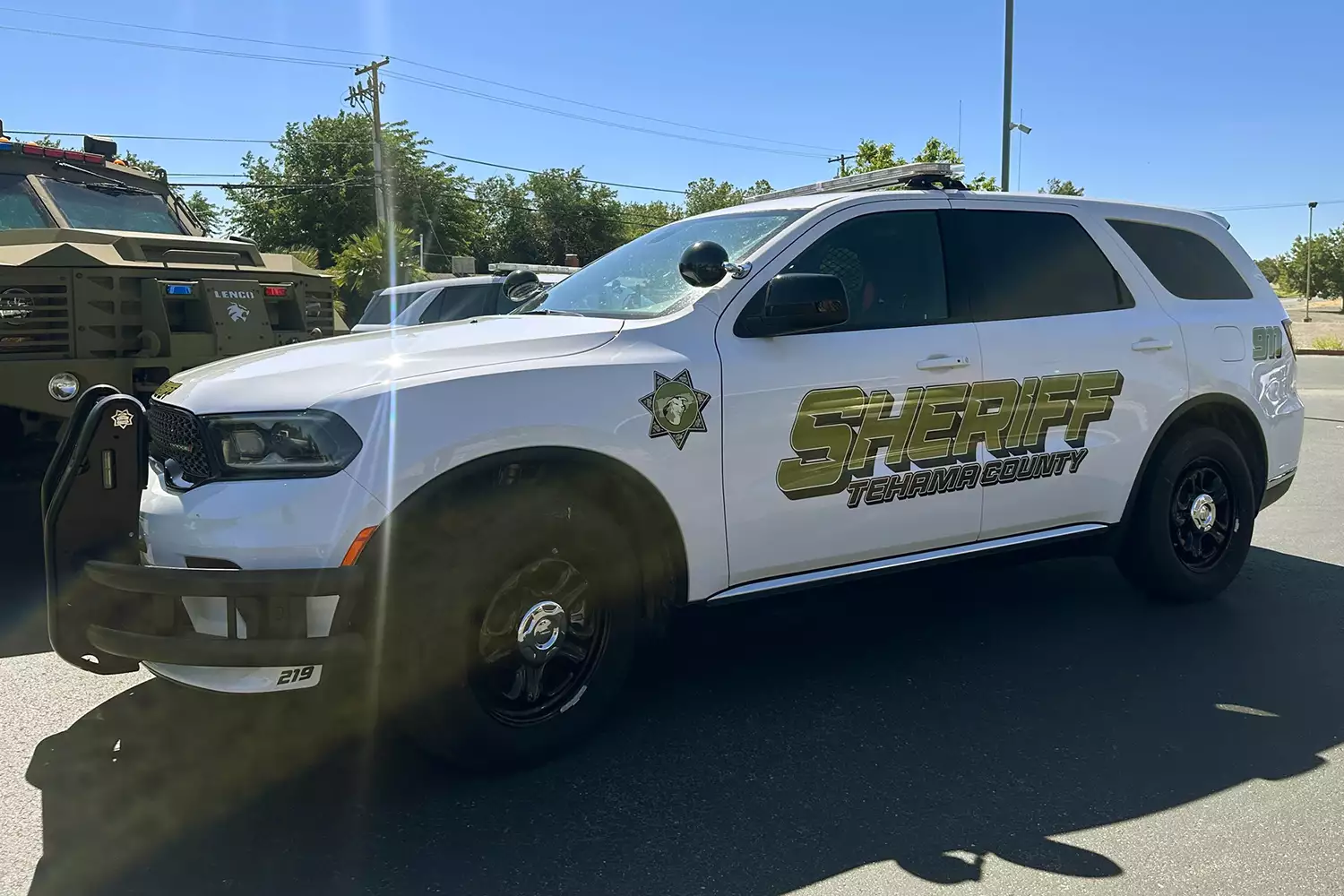How Vigilance and Quick Action Prevent Mass Casualty Events in Schools
Mass casualty incidents have devastating impacts on communities, especially when they occur in schools. These tragic events remind us of the critical importance of vigilance and swift action in preventing violence before it starts. Recently, several cases have highlighted how awareness and quick reporting can save lives and stop mass casualty scenarios before they unfold.

The Power of Community Vigilance in Preventing Mass Casualty Events
In May 2025, a heroic act by a teenager from Tennessee helped authorities prevent a planned mass casualty attack at a California middle school. Two young boys had shared their disturbing intentions in an online chatroom, plotting to kill up to 100 people at the Evergreen Institute of Excellence.
When the Tennessee gamer encountered their plans, he immediately contacted the local authorities. Acting on this tip, the Tehama County Sheriff's department moved quickly, apprehending the suspects and seizing improvised explosive devices and firearms from their homes. The swift intervention potentially averted a disaster, saving countless lives. To read more about this remarkable event and the people involved, visit How a 'Hero' Tennessee Gamer Stopped a Mass Shooting Allegedly Being Plotted in a California Town.
Recognizing and Reporting Warning Signs
Mass casualty incidents often stem from elaborate planning and warning signs that may appear in online or offline conversations. In this recent California case, the perpetrators left behind a manifesto, posed for photos echoing Columbine shooters, and discussed their scheme openly in an online game chat.
A key lesson from this story is the importance of listening and acting when something feels wrong. Parents, educators, and young people should stay alert to threats, both online and offline. Reporting suspicious activity immediately can be the difference between tragedy and safety for a community.
How Technology and Awareness Save Lives
Technology plays a dual role in both the planning and prevention of mass casualty events. In the California incident, the perpetrators used online platforms to communicate their intentions. Yet, it was also digital vigilance—a young gamer's willingness to report suspicious content—that ultimately foiled the plan. This demonstrates how technology, combined with active community involvement, can be a formidable force in safeguarding our schools and neighborhoods.
To explore how the quick thinking of a teen gamer made a crucial difference, see Newsweek's coverage of the thwarted attack.
The Ongoing Need for Preparedness
Communities across the United States continue to invest in safeguarding schools against mass casualty risks. This includes training educators, improving campus security, and encouraging open communication among students. The California case also led to additional safety measures at the targeted school—a reminder that preparedness and response plans remain vital.
Everyone has a role to play in preventing mass casualty incidents. Whether you are a student, parent, or educator, remaining proactive and engaged can help build safer environments for all.
Conclusion
Mass casualty events are preventable. The brave actions of ordinary individuals, like the young Tennessee gamer, demonstrate the value of vigilance and fast response. By staying informed, watching for warning signs, and reporting suspicions without delay, communities can reduce the risk of tragedy in schools and beyond.
If you witness suspicious online behavior or threats of violence, report them to authorities immediately. Your vigilance could help save lives.